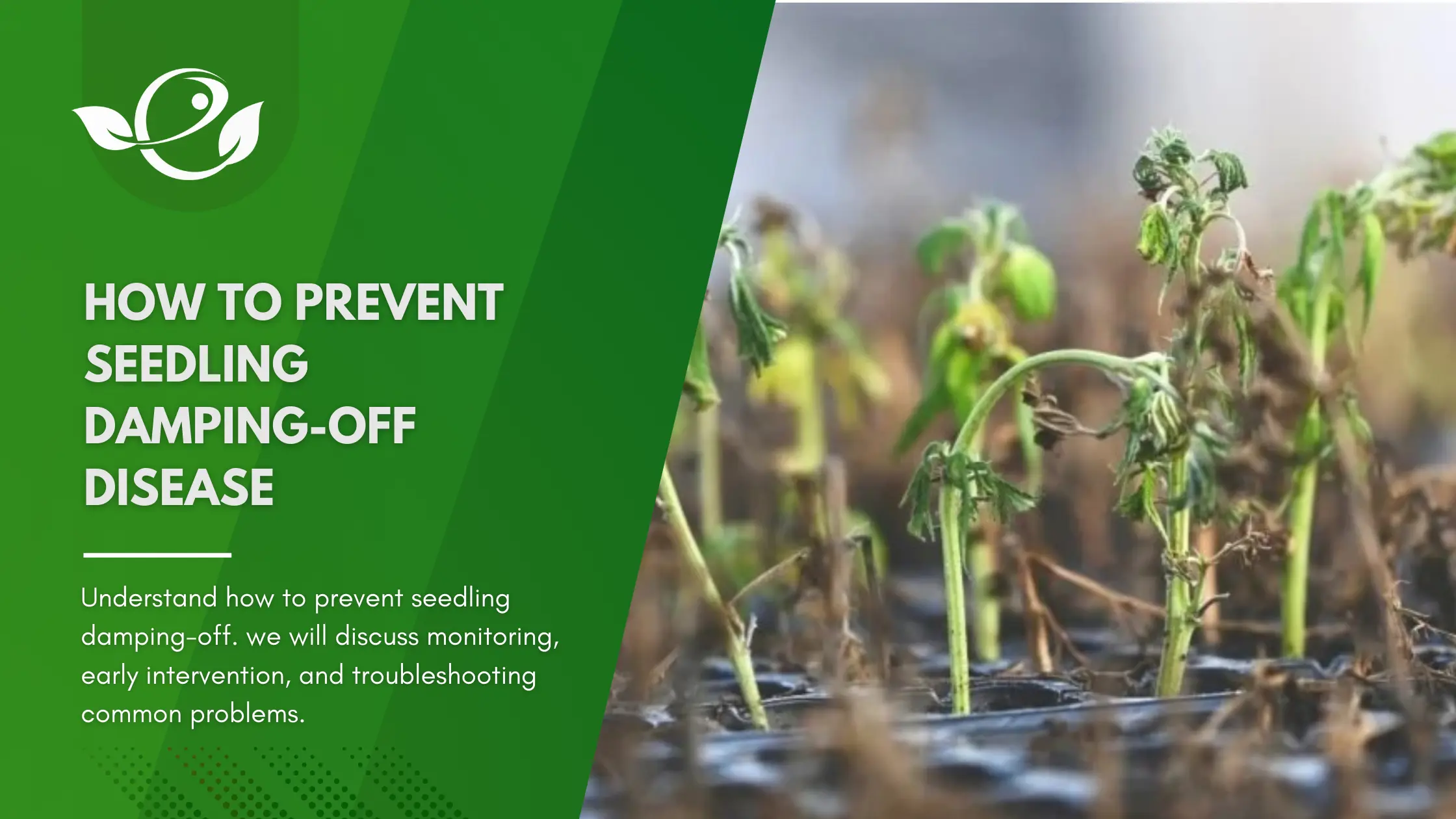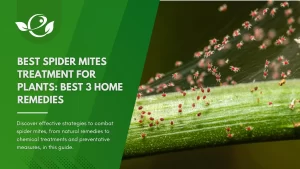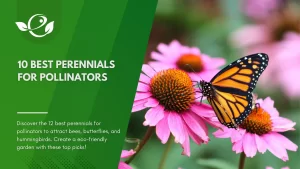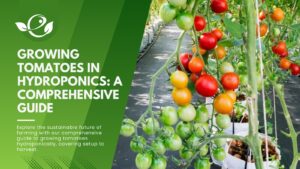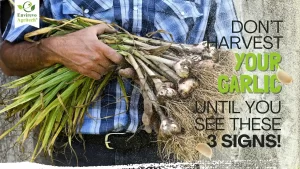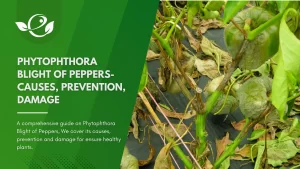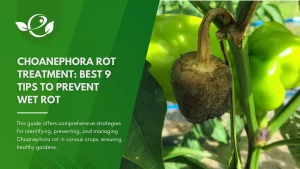Table of Contents
Seedling damping-off is a common and often devastating issue for gardeners and farmers alike. This condition refers to the sudden wilting and death of young seedlings, primarily caused by soil-borne fungal pathogens. These pathogens, including Pythium, Rhizoctonia, and Fusarium, thrive in conditions that are often inadvertently created by well-meaning gardeners. Understanding and addressing damping off is critical to ensure the healthy growth of your plants from the very beginning.
Seedling damping off can occur at any stage of seedling development but is most common right after germination. The fungi attack the delicate stem tissues, causing them to collapse and the seedlings to fall over and die. This condition not only wastes your time and effort but can also lead to significant setbacks in your gardening or farming projects.
This blog aims to provide you with a comprehensive understanding of how to prevent seedling damping-off. We will explore the causes, symptoms, and favourable conditions for this disease, followed by detailed prevention strategies. Our goal is to equip you with actionable tips and techniques that you can easily implement to safeguard your seedlings. By following these guidelines, you can significantly reduce the risk of damping off and ensure that your seedlings grow into healthy, robust plants.
Understanding Seedling Damping-Off
A. What is Damping-Off?
Damping-off is a condition affecting seedlings, leading to their sudden collapse and death. It is caused by soil-borne pathogens such as Pythium, Rhizoctonia, and Fusarium. These fungi thrive in moist, warm conditions and attack the roots and stems of young plants.
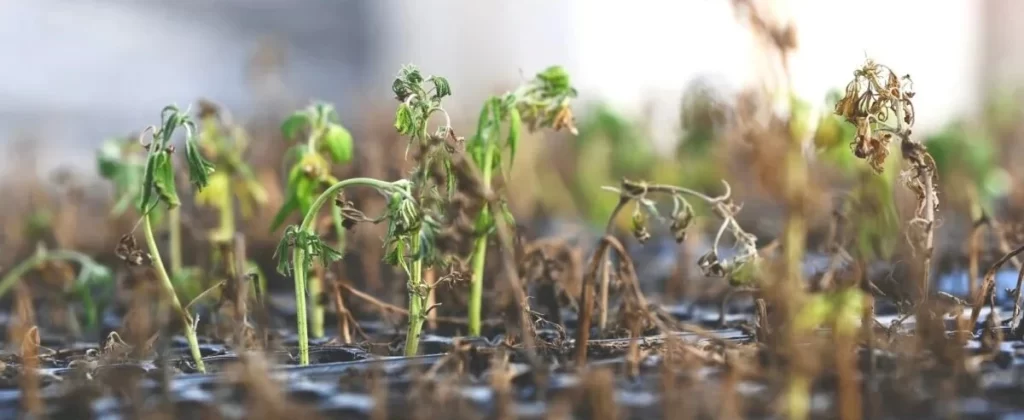
- Scientific name: Pythium spp
B. Symptoms and Signs
Damping-off can occur in two phases during seedling development, during pre-emergence or post-emergence. In the pre-emergence phase, the fungus colonizes the seeds just after sowing, causing seed rot and stopping germination. In the post-emergence phase, seedlings grow poorly and the base of the stem starts to rot. The stem is visible as soft and slimy with water-soaked, grey, brown or black lesions. Young plants or trees become chlorotic and start to wilt, eventually toppling down, appearing as if they have been cut off at the base. White or grey mould-like growth appears on dead plants or on the soil surface. When seedling loss is extensive, replanting may be necessary.
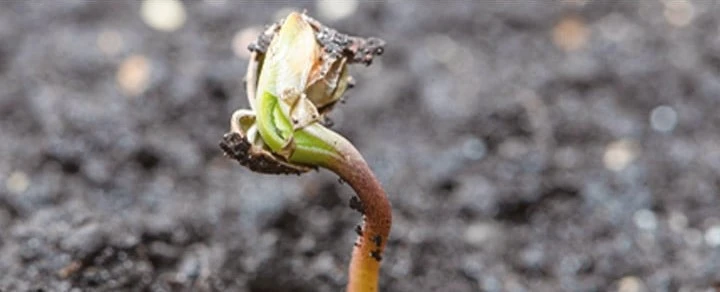

- Wilting: Seedlings may start to wilt and appear weak.
- Discolouration: The stems and roots may turn brown or black.
- Stem Collapse: The base of the stem often becomes thin and mushy, causing the seedling to fall over.
C. What caused it?
Damping-off can affect several crops and is caused by fungi of the genus Pythium, which can survive for several years in soil or plant residues. They thrive when weather is warm and rainy, soils are excessively moist and plants are densely sown. Stressful conditions, such as water-logging or high nitrogen application, weaken the plants and also favour the development of the disease. Spores are disseminated via contaminated tools or equipment and mud on clothes or shoes. Even though they can attack crops during their whole life cycle, germinating seeds or young seedlings are more susceptible. The disease is not necessarily carried over from one season to another in the same place but rather appears when and where conditions favour infection.
D. Can also be found in
Barley, Bean Bitter, Gourd Cabbage, Carrot, Cauliflower, Chickpea & Gram, Cotton, Cucumber, Brinjal, Ginger, Grape, Lentil, Lettuce, Maize, Mango, Melon, Millet, Okra, Onion, Ornamental, Papaya, Pea, Peach, Peanut, Pear, Capsicum & Chilli, Potato, Pumpkin, Sorghum, Soybean, Sugar Beet, Sugarcane, Tomato, Turmeric, Wheat, Zucchini.
Preventive Measures of Damping-off Disease
- Use seeds from healthy plants or from certified sources.
- Use resistant varieties if available.
- Use raised beds in sites with poor drainage or with wet soils.
- Keep a wider space between seeds or seedlings at planting to favour the drying of the canopy.
- Do not plant seedlings too deep when transplanting
- Remove infected plants as the first symptoms appear.
- Plan a balanced fertilization with split nitrogen applications.
- Water regularly but superficially.
- Water early in the morning so that the soil surface is dry by evening.
- Adopt the ring method of irrigation so that the water does not come in direct contact with the stem.
- Take care not to inadvertently transport mud from one field to another.
- Thoroughly disinfect tools and equipment, with household bleach for example.
- Remove and destroy plant resides after harvest.
- Plan a crop rotation with non-susceptible plants.
- If possible, expose seedbed soils to solar radiation with a plastic mulch.
Damping-off Prevention Methods: Organically & Chemically
Naturally and Organically Damping-off Prevention Methods
Biofungicides based on fungi Trichoderma viride, Beauveria bassiana or the bacteria Pseudomonas fluorescens and Bacillus subtilis can be used as seed treatment or applied around the root zone at the time of planting to prevent or control the pre-emergence form of damping-off. In some cases, the preventive treatment of seeds with copper fungicides such as copper oxychloride or Bordeaux mixture helps to reduce the incidence and severity of the disease. Homemade solutions based on plant extracts of Eupatorium cannabinum completely inhibit the growth of the fungus.
A. Beneficial Microbes
Beneficial microbes such as Trichoderma and Bacillus subtilis can outcompete and inhibit the growth of damping-off pathogens. Add commercially available microbial inoculants to your soil mix or compost tea to introduce these beneficial organisms.
B. Homemade Remedies
- Cinnamon as a Natural Fungicide: Sprinkle ground cinnamon on the soil surface to act as a natural fungicide.
- Chamomile Tea Spray: Brew a weak chamomile tea and spray it on the soil surface to help prevent fungal growth.
- Use of Compost Tea: Compost tea introduces beneficial microbes and nutrients that can help protect seedlings. Brew compost tea by steeping compost in water for 24-48 hours. Strain and apply the liquid to the soil around your seedlings.
Chemically Damping-off Prevention Methods
Always consider an integrated approach, using both preventive measures together with biological treatments if available. Preventive measures and careful conduct during fieldwork are the best way to avoid the disease. In fields with histories of damping-off or problems with drainage consider using fungicides as a preventive measure. Seed treatments with metalaxyl-M can be used to control the pre-emergence form of damping-off. Using foliar spray with captan 31.8% or metalaxyl-M 75% during cloudy weather may also help. The soil or the base of the plant can be drenched with copper oxychloride or captan every fortnight from the time of planting.
Monitoring and Early Intervention
A. Regular Inspection
- Check your seedlings daily for any signs of damping off or other issues.
- Look for early symptoms such as wilting, discolouration, and stem collapse.
B. Quick Response to Symptoms
- Move any affected seedlings away from healthy ones to prevent the spread of the disease.
- Modify your watering and environmental controls as needed to address any conditions that may be contributing to damping off.
C. Documentation and Record Keeping
- Maintain a journal to record observations, watering schedules, and any issues that arise.
- Use your journal to track patterns and identify any recurring problems, helping you refine your prevention strategies over time.
Troubleshooting Common Problems
A. Addressing Overwatering and Underwatering
- Overwatering: Signs include constantly wet soil and mold growth. Reduce watering frequency and improve drainage.
- Underwatering: Signs include dry soil and wilting seedlings. Increase watering frequency and ensure consistent moisture.
B. Adjusting Light and Temperature (if indoor)
- Proper light and temperature are critical for healthy seedling growth. Too much or too little light and extreme temperatures can stress seedlings.
C. Dealing with Contaminated Soil
- If you suspect soil contamination, replace it with fresh, sterile seed starting mix.
- Always use sterilized soil and containers to reduce the risk of contamination.
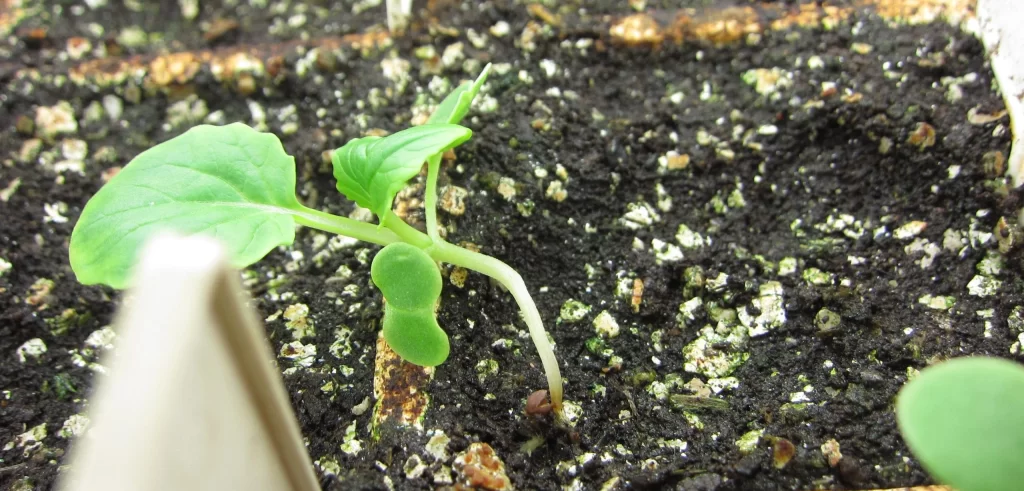
Conclusion
In conclusion, preventing seedling damping-off is an essential practice for gardeners and farmers striving for healthy and vigorous plant growth. By understanding the causes and conditions that favor this destructive disease, you can take proactive measures to safeguard your seedlings. The key lies in creating an environment that minimizes the risk of fungal infections: using sterile soil, managing moisture levels carefully, ensuring proper air circulation, and maintaining clean tools and containers.
Gardening is both an art and a science, and each season provides new opportunities to learn and improve. By following the guidelines outlined in this article, you can enjoy the satisfaction of watching your seedlings thrive, knowing you’ve taken the steps necessary to protect them from one of the most common threats they face. Remember, the effort you invest in prevention today will pay off with a bountiful and healthy garden tomorrow.
We invite you to share your experiences and any additional tips in the comments section. If you have any questions or need further clarification, please don’t hesitate to ask. Engaging in discussions and sharing knowledge can help us all become better gardeners and prevent seedling damping off more effectively.
